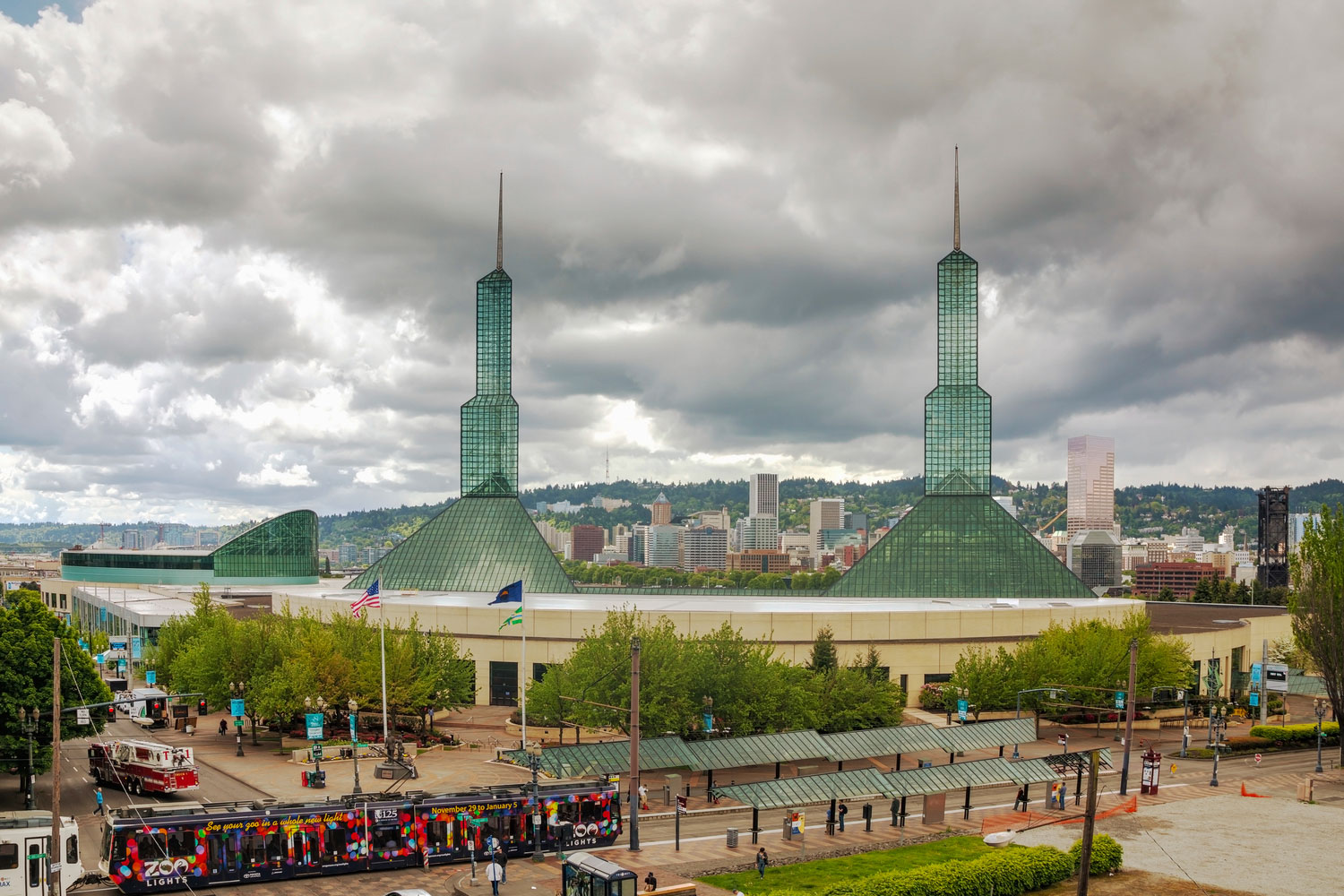Transportation demand management (TDM) refers to various strategies that change travel behavior (how, when, and where people travel) in order to increase the efficiency of transport and parking systems in alignment with planning objectives. Many factors affect people’s transport decisions, including the relative convenience and safety of travel modes, cost and land use. TDM strategies attempt to influence these factors to encourage more efficient travel patterns, such as shifts from peak to off-peak periods, from automobile to more energy- or parking-efficient modes, and from dispersed to closer destinations. These strategies include improving available transport options; using pricing or incentives to change travel mode, time or destination; improving land-use accessibility; and reforming transportation policy.
BENEFITS
ENVIRONMENT
- Reduces parking demand
- Reduces traffic congestion, delays and associated costs
- Prevents air, noise and water pollution; reduces wildlife crashes and other types of environmental damages
- Supports strategic land-use planning objectives such as reduced sprawl, urban redevelopment, and reduced habitat fragmentation
EQUITY AND COMMUNITY
- Enhances travel options, particularly for non-drivers
- Improves local environmental quality and community cohesion
- Encourages better public fitness and health due to more physical activity, usually by increased walking and cycling
ECONOMIC
- Reduces road and parking facility costs
- Helps consumers save money by reducing their need to own and operate motor vehicles
- Allows for increased density, higher property values and increased tax base by reducing traffic and parking demand
- Supports a community’s economic objectives, such as increased productivity, employment, wealth, property values and tax revenues
BARRIERS TO IMPLEMENTATION
INSTITUTIONAL
The most common institutional barrier is the fact that existing planning and funding practices are oriented to favor capacity expansion over demand management, even when demand management is more cost-effective and beneficial overall. There is also general institutional objection to change.
FINANCIAL
Financial barriers are that local government funding processes are often hard to change for a new approach such as transportation demand management. Also, with strategies that need financial support from local businesses, there is often initial resistance, as the benefits are not clearly understood.
POLITICAL
The biggest political barrier is a general resistance to change or the unknown. In addition, special interests that benefit from the current system are going to make their concerns known to their elected officials and staff. Some anti-government groups oppose TDM programs on the grounds that they represent government intrusion into private activities. Engineers who are accustomed to building capacity rather than reducing demand dominate many state and local transportation departments.
CASE STUDY: LLOYD TMA
The City of Portland, Oregon implemented a Lloyd District Partnership Plan in 1997 to address parking, congestion problems and single-occupant vehicle use to and from the district. Among the programs implemented by the Transportation Management Association (TMA) are: transit, bicycling, car sharing, walking and ridesharing. The TMA has also implemented parking pricing in the form of meters (whereas on-street parking had been free), discounted transit passes, and other transportation demand management strategies.
STRATEGIC PARTNERS
The City of Portland, regional transit providers C-TRAN and TriMet, and the Lloyd District Transportation Management Association (TMA), which includes businesses and organizations, located within the Lloyd District.
FINANCING
The Lloyd TMA receives funding from the Lloyd Business Improvement District, Metro regional transportation funding, and district parking revenue.
IMPLEMENTATION
Among the effects of the TMA programs (transit, car sharing, bicycling, walking, van pooling, parking pricing and discounted transit passes) are a decrease in SOV rates and an increase in walking and bicycling trips. In 1997, 76 percent of all employee commute trips to the Lloyd District were made in an automobile, of which 60 percent were drive-alone trips and 16 percent were carpool. Today, the SOV percentage has dropped to 40 percent. Since 2009, the percentage of drive-alone trips has decreased from the previous year in 10 of the last 11 years. In 2009, TMA programs resulted in a reduction of 4.3 million peak-hour vehicle miles traveled.
LESSONS LEARNED
- Focus planning efforts on ‘least cost planning’ as it will naturally point to demand management before capacity.
- Begin with a comprehensive, long-term, strategic vision of the overall outcomes you want to achieve.
- Involve users in TDM planning to ensure that their ideas and concerns are considered.
- Offer a wide range of transport options and incentives so that people can choose the changes that best meet their needs.
- Make changes predictable and gradual.
- Use financial incentives including tolling and paid parking. It is virtually impossible to have a significant effect on vehicle travel without them.
- Encourage zoning and development practices that favor higher-density, mixed-use infill and more pedestrian- and transit-friendly communities.
- Develop cooperative organizations involving transportation agencies, local governments, businesses, and nonprofit organizations to support TDM efforts.
- Parking pricing is considered a primary factor affecting transportation mode choice.
- Eliminating parking subsidies may mitigate the need for congestion pricing.
- Increasing the frequency of public transit may decrease single occupant vehicle (SOV) use.
OTHER EXAMPLES
- SAN FRANCISCO, CA The San Francisco Metropolitan Transportation Authority established SFpark to use new technologies and policies to improve parking and reduce traffic by helping drivers find parking. Parking availability is more transparent, making streets less congested and safer.
- ALAMEDA, CA The Congestion Management Program enlisted four employers to provide financial incentives to encourage reduced driving.
- NEW YORK, NY The New York Sustainable Streets Program implemented policies and programs to reduce total vehicle traffic and encourage use of efficient modes.
- LUND, SWEDEN The city implemented mobility management programs that improve transport options (walking, cycling and public transit), and encourage use of efficient modes. As a result, despite population growth, automobile traffic has stayed steady, while use of alternative modes increased significantly between 1995 and 2004.
REFERENCES
- Victoria Transport Policy Institute’s TDM Encyclopedia
- Lloyd Ecodistrict
- Bianco, M. 2000. Effective Transportation Demand Management: Combining Parking Pricing, Transit Incentives, and Transportation Management in a Commercial District of Portland, Oregon. Transportation Research Record, Vol. 1711, pp. 46-54.

